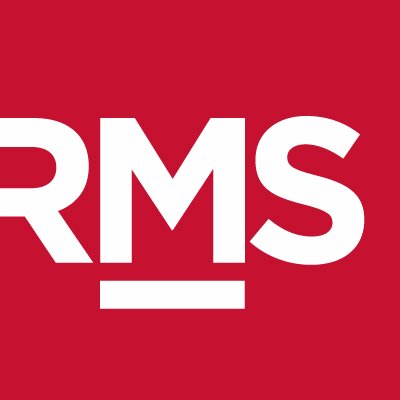Catastrophe risk modelling and solutions company RMS has revealed that according to its new Climate Change Models, insured average annual losses (AAL) from North Atlantic Hurricane wind could potentially increase by as much as 24% by 2050.
 It also noted that European Flood risk AAL could increase by up to 59% by 2050, based on no mitigating factors taken.
It also noted that European Flood risk AAL could increase by up to 59% by 2050, based on no mitigating factors taken.
The new RMS Climate Change Models combine the RMS financial impact modelling framework with the best climate science consensus, including from the Intergovernmental Panel on Climate Change (IPCC).
Generally available in June 2021, these models provide the most comprehensive climate change insights for North Atlantic Hurricane, Europe Inland Flood, and Europe Windstorm.
Each model quantifies and differentiates the impacts of acute physical risk due to variable potential climate change scenarios (known as Representative Concentration Pathways or RCPs), different time horizons, and within specific regions.
This means that organisations can make more informed decisions about the impact of climate change on different physical assets and portfolios, including residential and commercial properties, warehouses, and retail chains.
Further climate change models and geographies will follow this initial model suite launch.
Tom Fink, senior vice president and managing director at Trepp, said: “Our clients in the banking and commercial real estate markets are working to quantify their exposure to environmental risks. By incorporating the RMS climate risks analytics, Trepp can better help the investment and financial services industry understand the physical risks posed by a changing climate.”
RMS chief research officer, Robert Muir-Wood, said: “Unpacking the risks from climate change includes many individual perils, components, and situations, some of which are profoundly non-linear.
“Also, when mediated through tropical cyclone size, intensity and track, winter storms or major river floods, the relationship between climate parameters and their impacts becomes highly complex and can only be captured in a full catastrophe modelling capability that we are now delivering.
“Clear metrics on current and future climate perils, such as those available with the RMS Climate Change Models and Solutions, are becoming vital for the insurance industry, businesses, and investors globally. Increases in frequency and intensity of hurricanes, floods, and wildfires have already driven businesses, investors, and regulators to try to assess what this means for their current and future operations.”


